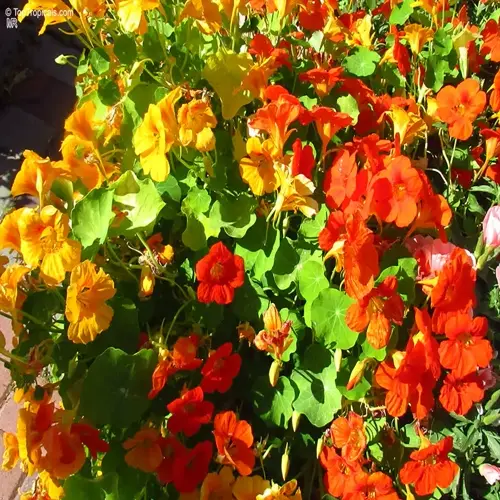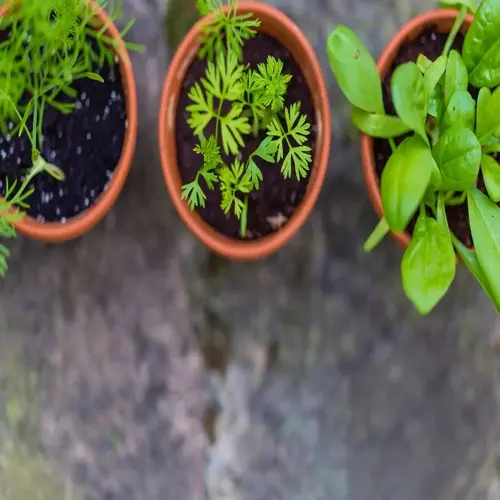What indicates a failed graft?

Written by
Paul Reynolds
Reviewed by
Prof. Charles Hartman, Ph.D.Indicators of graft failure will be seen in the first growing season and require an early diagnosis. The shriveling of the scion wood indicates a lack of moisture or disease, and the cracking of the bark suggests a poor union. We check the graft once a week, which is necessary in the first months after grafting to detect any trouble early.
Early Signs (1-4 weeks)
- Scion shriveling: Indicates dehydration or vascular disconnect
- Blackened cambium: Shows cellular death from contamination
- Sap leakage: Signals poor sealing allowing pathogen entry
- Lack of bud swell: Suggests cambium misalignment
Mid-Term Indicators (5-8 weeks)
- Cracked bark at union: Reveals drying and contraction
- No leaf development: Confirms failed nutrient transport
- Discolored wood: Indicates fungal or bacterial infection
- Loose binding: Allows movement disrupting callus formation
Late Failure Evidence (9+ weeks)
- Complete scion dieback: Final confirmation of failure
- Swollen union: Shows incompatible graft rejection
- Rootstock sprouting below graft: Indicates scion death
- Brittle wood: Signifies desiccation beyond recovery
The inspection of cambium provides certain evidence of failure by a simple scrape of bark beneath the union with a clean knife. If the cambium is healthy, it is green and wet. If it is dead, it is brown and dry. I have a magnifying glass that I use for this test, which is an important one during evaluations.
Preventive strategies minimize the risks of graft failures. Correct sterilization, proper cambium alignment, and grafting at the correct time(s) affect success. I reduced the failure rate from 40% to under 10% after establishing a stricter methodology. Keep a record of the details for each graft to study patterns and trends.
Read the full article: Mastering Grafting Fruit Trees: A Complete Guide

